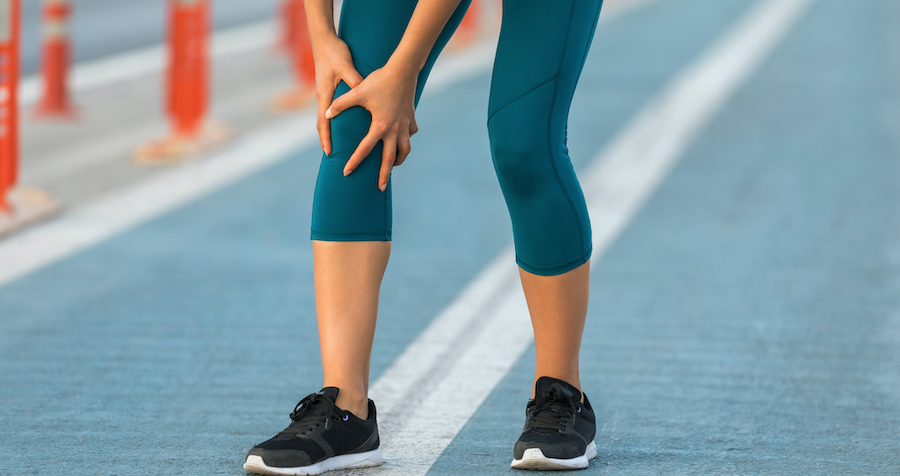Suffering from runner's knee? Here's how to find relief.

Written by Peter Gray, an athletic trainer at UK Orthopaedic Surgery & Sports Medicine and the head athletic trainer at Henry Clay High School in Lexington.
Exercise is a great way to improve both physical and mental health, and the Keeneland Gatepost Gallop presented by UK HealthCare is a great way to increase your physical activity while helping out a worthwhile cause.
It’s also important to feel comfortable and injury-free while exercising, so if you’re suffering from runner’s knee, here’s how to find relief.
From athletes to active adults of all ages, patellofemoral pain can affect all of us. This pain occurs in the front of the knee, often during activities that involve running or jumping, which is why it's sometimes called runner's knee.
Why does patellofemoral pain occur?
Patellofemoral pain is one of the most common injuries seen by orthopaedic and sports medicine providers. However, it's also one of the most challenging and frustrating conditions to manage because the pain will typically continue to come back unless the underlying factors are fixed.
Some factors that can contribute to this pain are:
- Muscle imbalances, especially in the quadriceps muscles at the front of the thigh.
- Overuse due to level and/or frequency of activity.
- Reduced flexibility.
- Issues with the alignment of the legs between the hips and the ankles.
What does a recovery plan look like?
It's important to take time to talk to an experienced sports medicine clinician who can identify contributing factors. They can then help create a comprehensive plan of care that's right for you.
A typical plan to alleviate patellofemoral pain will consist of:
- Hip, core, gluteal and quadriceps strengthening.
- Neuromuscular retraining.
- Activity modifications like cross training with non-impact biking or swimming.
- Patient education with strict adherence to the rehabilitation program.
- Ice and strategic NSAID use for pain management.
Treatment for patellofemoral pain should include a multifaceted approach that addresses not only the knee but also the hip, foot and ankle. You may also try patellar taping and foot orthotics, also known as shoe inserts, to help provide some pain relief.
Remember, runner's knee isn't just for runners, and while it can be serious, it often gets better on its own with simple treatment. You don't always have to give up exercising while you're recovering, so keep that in mind whether you're just walking for fun or joining us for the Keeneland Gatepost Gallop!





